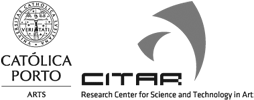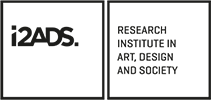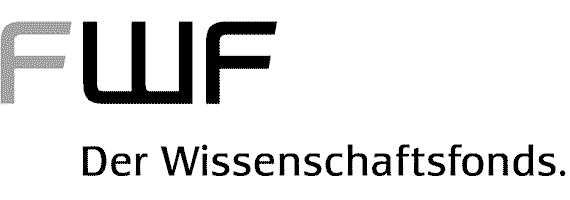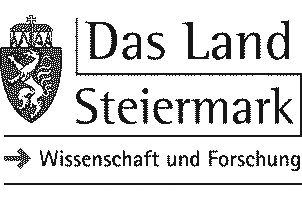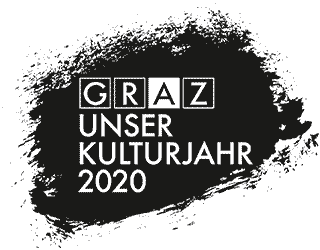Polymer Dub: Urban soundscapes, evolution and cultural values
Keywords: Generative Music, Dub Music, Perception and Cognition, Performance Mixing, Audio Engineering, Techno Music, Machine Learning.
The technology was responsible for the birth and evolution of dub music, and it is one of the most innovative and prominent recording and performance techniques of modern music. According to Nils Frahm, Dub is influential for all kinds of musicians and is almost as important as classical or jazz music. Jazz is the main language of improvised music, classical is the primary language of notated music, and dub is the language of engineers. Dub transformed the engineer into an artist (Kane, 2014).
It is hard to overstate the impact dub has had on contemporary music production. It is an unquestionable accomplishment that has been celebrated in academic circles and also has infected pivotal music movements (Howard, 2008; Warwick, 2018). It is also hard to overstate the influence of socio-economic developments in dub producers. They employ compositional techniques that carry social or political messages, embedding their sound into a very particular real-world context (Yoganathan, 2018).
The birth and evolution of polymer technology represent an accurate analogy with the development and performance of dub music. Involving science into the process of production and industrialization of a chemical process, the design and manufacturing of materials made of polymers require a considerable piece of knowledge and science, as well as its final application and use, just like music production and performance.
We propose a piece that looks out to reflect on the outcome of a creative process traditionally related to technology with the use of intelligent agents while weighting the long-established artistic idea of finding beauty and meaning in music. Also, embodying current socio-economic and cultural values as well as the continued and natural evolution of dub music. Polymer Dub is composed using repeated patterns or building blocks of music, which can be simple or more complicated structures (such as polymer materials). In performance, we traverse the construction and composition of polymer materials, building around a skeleton structure. We employ the concept of using the mixing board as an instrument, using a computer and a MIDI controller. The performance contains elements and sources of uncertainty provoked by the performer in conjunction with algorithmic composition features provided by intelligent agents influencing musical sequences and parameters on a digital mixing board.
The sound in this piece is dry, minimalistic, precise and robotic, softened with echoes, a wall of sound and field recordings. Drums and bass are deep and percussive, creating a contrast with the rest of the composition and remains at the heart of the performance. In this aspect, Polymer Dub adds new layers and dimensions to early and classic dub techno tracks, which avoided any sense of anticipation. The use of generative processes with Markov Chains on the performance creates a higher grade of entropy and hence, surprise and interest. It contrasts with the steadiness of wall of sound soundscapes, which avoid development through repetition in an alternate sense of time, by representing aesthetic relationships between the soundscape of a city and its acoustic elaboration in an artistic effort to reproduce the dynamic ecology of a city (Kolioulis 2015).
Media assets
References
- Howard, D. 2008. “From Ghetto Laboratory to the Technosphere: The Influence of Jamaican Studio Techniques on Popular Music.” Journal on the Art of Record Production 3 (1).
- Kane, S. 2014. “Nils Frahm: ‘It is inspiring to play the studio like an instrument’.” The Irish Times. https://www.irishtimes.com/culture/nils-frahm-it-is-inspiring-to-play-the-studio-like-an-instrument-1.1801638. Accessed: 6 February 2020.
- Kolioulis, A. 2015. “Borderlands: Dub Techno’s Hauntological Politics of Acoustic Ecology.” Dancecult: Journal of Electronic Dance Music Culture 7(2): 64–85 ISSN 1947-5403 2015. http://dx.doi.org/10.12801/1947-5403.2015.07.02.04
- Warwick, O. 2018. “Dubbing is a Must: The modern sound of leftfield dub.” Fact Magazine. https://www.factmag.com/2018/01/28/leftfield-dub-seekers-bokeh-boomarm/. Accessed: 6 February 2020.
- Yoganathan, N., & Chapman, O. 2018. “Sounding Riddims: King Tubby’s dub in the context of soundscape composition.” Organised Sound, 23(1), 91-100. https://doi.org/10.1017/S1355771817000310
Join the conversation
xCoAx 2020: @jjsauma “Polymer Dub: Urban soundscapes, evolution and cultural values”. Mixing performance, revisiting techno and dub music, using machine learning and generative strategies in a creative process weighting beauty and meaning. https://t.co/JVF2cRI7QI #xCoAx2020 pic.twitter.com/Ai5ZXzYS8u
— xcoax.org (@xcoaxorg) July 8, 2020









